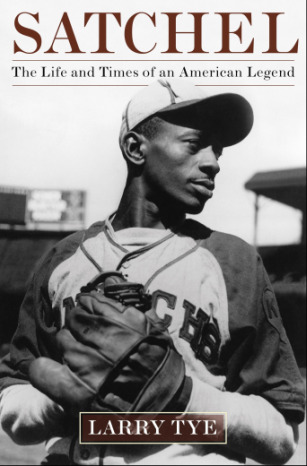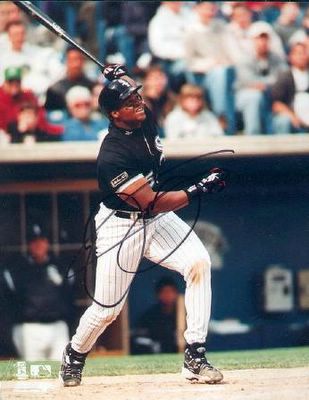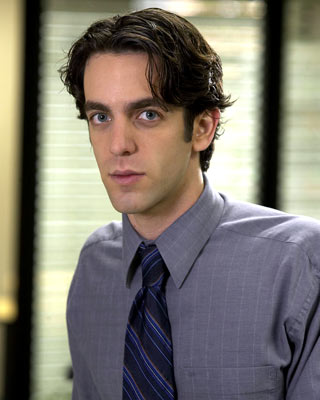I had the distinct privilege to see a Texas Rangers' game in person Wednesday night.
The AmeriQuest Rangers Field BallPark at Arlington, or whatever it's called these days, is really a heckuva nice place to watch a game. It opened in 1994, which means that this is its 17th year, and frankly, it still looks brand-spanking new. The Rangers and their fans have done a great job of keeping the place in pristine shape, and there's no reason to think that this Texas baseball cathedral should ever be as decrepit ans outdated as, say, Yankee Stadium used to be. On the other hand, I'd be willing to wager a BetUS bonus code that another 60 years might put a few cracks in the facade, both literally and figuratively.
I understand that there are all sorts of cool things to do in the ballpark, such as a huge baseball museum, a walk of fame, a picnic area and other stuff, but I missed all of that, since I got there right as the game was starting. I sat in the box seats between first base and the right field foul pole, and found that I had a pretty good view of just about everything, a comfortable seat, and a cool breeze for most of the game.
In the last three innings or so, the cool breeze gave way to some fairly impressive swirling winds, presumably caused in some part by the steady, straight winds coming directly into the ballpark from the outfield, keeping the pennants as straight and stiff as writing tablets for a solid hour. How tiny little Eric Patterson managed to hot a home run into that is beyond my understanding of the laws of physics.
Unfortunately for the Oaklands, that was their only run. The Rangers, though they took a few innings to find their stroke, managed 10 of them, including five homers of their own, mostly before the winds started. Josh Hamilton and Vlad Guerrero hit back to back homers off starting pitcher Gio Gonzales and (not much) relief pitcher Chad Gaudin.
Yes, that Chad Gaudin. Fortunately for Yankee fans, the Yankee brass were not fooled by Gaudin's two months of smoke-and-mirrors pitching in Pinstripes toward the end of last season, perhaps thanks to the info they found at Pinnacle Sportsbook Review, and they let him go as a free agent. For his part, though he had not been good this year, Gaudin was at least striking out about a batter per inning in 2010.
Entering a game with an ERA of 6.23 and making it worse is no easy feat, but don’t tell
The Rangers, cheered on by 26,682 of their fans, managed to take over first place in their division by a game, this after a tough, extra-innings loss to the Oaklands the night before. The loudest and most obnoxious of these fans happened to be sitting about 15 feet in front of me, the realization of which initially annoyed me – how do I always manage to find these people? – but later gave me an appreciation for the fact that baseball games are meant to be enjoyed, and that this man was doing little more than enjoying himself. A lot.
Having seen more games in
I briefly even considered sitting next to him myself, if only to save me from the dead-fish middle aged woman on my right and the two hipsters on my left who were too cool or jaded or apathetic to bother talking to me.
After the third inning I went to get something to eat and decided to take full advantage of Wednesday Dollar Dog Night, buying three of the generic pink tubes of nondescript ground up what-not. And a beer. Some dark, local brew that was pretty solid.
The dogs, I’m convinced, must be brought in especially for dollar dog night, as I can’t imagine that a major league baseball team that once spent $55 million on Chan Ho Park would be able to sleep at night charging $3.50 for hot dogs that clearly where not worth the effort to remove small pieces of bone, or gristle, or, for all I know, polycarbonate from them before turning them into franks. Seriously, all three of them had something in them that I was forced to remove from my teeth and examine further, a texture consummate not with food but with perhaps sand or a rough polishing compound.
Upon my return I took a different seat and ended up near some friendlier fans, and closer to the loud one, who by then had recruited at least two other young men and a boy of about eight to remove their shirts and sing and chant and dance around the aisles with him. At least until the Fun Police showed up in the form of a Rangers security guard. At one point, during the 7th inning stretch, as two of them were square dancing in the aisle, he ordered them back to their seats, which was lamentably understandable, as concrete stairs are not exactly the safest environment to go running around in circles.
But later, when they were doing nothing more than cheering and chanting and yelling and pumping their fists, the same curmudgeonly member of the F.P. came back and ordered them to sit down and (I assume) stop having so much fun. This is a baseball game, dammit, not an Irish wake. Now sit down and think about what you’ve done, mister.
And then, to make sure they complied with the official F.P. Decree Against Having Fun at Baseball Games, he sat down right behind them. This was possible because, of course, there was nobody behind them. For, like, five or six rows. Which means that they were blocking the view of exactly nobody, were not drunk, were not throwing anything or hitting anybody or picking fights. At worst, they could be accused of yelling too loud. At a ballgame. Fanatics, indeed.
They did, at one point, encourage the crowd to boo a fan wearing an Oakland jersey, which isn't unusual. What was unusual was that the guy wore a garish yellow replica jersey that said "RUDI 26" on the back, which means that this particular fan was old-school and knew his stuff, and didn't particularly care that few people would remember or appreciate his favorite player. I imagine that someone showing up where the Red Sox are the visiting wearing a George Scott jersey might be similarly regarded, and similarly underappreciated.
But besides the cheap-ass hot dogs – which I can hardly complain about because, as everyone knows, you get what you pay for – and the F.P., there wasn’t much wrong with the Rangers or their ballpark on this night. Well, they for some reason forgot to set off the fireworks when Ramirez hit his homer, even though they did so for all of the other Rangers’ bombs, the fifth and last of which came smoking off the bat of rookie firstbaseman Justin Smoak.
A Wave got started late in the blowout game, and though I’ve been at dozens of games where this was attempted with some success, none of which ever made it around the ballpark more than three times, the origins of the movement had never previously occurred to me. There’s probably some Official Story as to when and where the Wave first started, and who thought of it, but whomever is responsible could thank one and one thing only: boredom.
There are few things less exciting than a game that’s way out of reach, even if yours is the team that’s winning. And of course there’s little to do, if you don’t want to leave early, other than start some kind of chant, except that only maybe a hundred people can hear even the loudest voice in the midst of a large ballpark, even a relatively quiet one. Even if you got a chant started, who would know? And how long would it last? Only til the next batter struck out or got on base or whatever. But the Wave? Sheer, simple genius.
All it takes is standing up and sitting down, throwing your arms up in the air in sequence with 27,000 others, and maybe a loud “Oh!” or “Hey!” when you do so. It could go on like that for an entire inning or more. And everybody can do it. Everybody knows exactly what to do and when, and there’s no worry that your initial chant of “Julio Borbon, Julio! [clap, clap-clap] will sound on TV like “Here we go, Morons, here we go!” [clap, clap-clap]. Or vice-versa.
Anyway, the Rangers.
Additionally, they managed to get prized pitching prospect Derek Holland a Win in his first major league appearance of his sophomore season.
He was followed up by Darren O’Day, for whom both the obnoxious fans and, when he got out of the inning, the public address system, sang a chant of “O-DAY o-dayo-dayo-DAY, o-DAY, OH-oh DAY!!!” Doug Mathis pitched the last two innings for
Not that it should be so difficult to dominate a team like the
I saw Donaldson a few years ago, when he was a hot hitting catching prospect in the Cubs' class A short season team in Boise. He was sent to the A's in the Rich Harden trade almost exactly a year after I saw him play. Back then I'd have put a few bucks down on him to pan out as a solid major leaguer, especially if I had a bookmaker bonus code. He's cooled down quite a bit since that hot season in the high Idaho desert, but still shows glimpses of the keen batting eye and doubles power he displayed last season in AA, such as last night, when he singled in the tying run in the 4th inning. Maybe he's better when he catches.
Catcher Landon Powell looked promising as he laced a ball into the left-centerfield gap and then dragged his lumbering, 6’1”, 260 lb frame around the infield, stretching a double into a double, as they say. He singled again later, less dramatically, but other than he and Daric Barton, nobody else on the team got on base more than once.
I expect the A's to more or less disappear from contention as the year wears on, that's my second half betting advice. Unless something truly special happens, like the King of Bradenia hurling another dozen or so perfectos, they just don’t have the bats to keep in the race. The Rangers may have both the bats and the pitching, if
At least the ballpark is still nice.
















